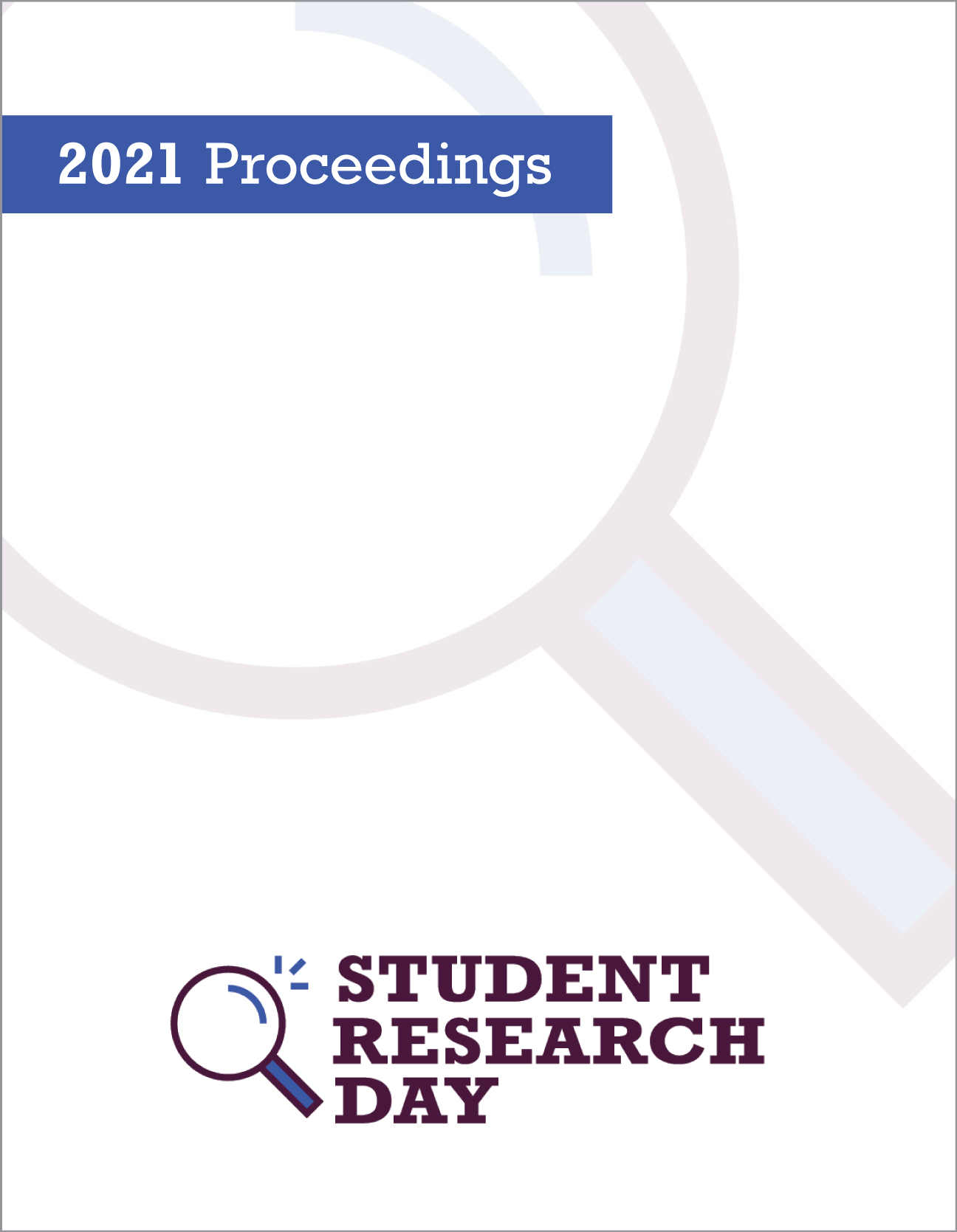Using TAGteach to Increase Creative Play Behavior in Children with Autism
Abstract
Play is an everyday activity during childhood and is thought to be essential for development (Brodin, 1999). Nevertheless, many children with autism tend to engage in rigid play behavior, often only playing with the same toys in the same way or not playing flexibly enough to include other children or parents in their playtime (Kasari et al., 2011). This rigidity may, in turn, impede their ability to form social relationships with their peers and hinder the development of communication skills. Accordingly, increasing creative play behavior in children with autism may decrease rigid and solitary play and increase communication skills and social relationships. One method that may be useful for improving this skill is Teaching with Acoustical Guidance (TAGteach). This intervention involves shaping behavior through positive reinforcement using an auditory stimulus (Persicke et al., 2013). Given the behavioral principles that underlie its methodology, we predicted that TAGteach would be useful for increasing creative play behavior in two children with autism. A non-concurrent multiple baseline across participants design was used to evaluate the outcomes. Because of the COVID-19 pandemic, the study was run via encrypted real-time video conferencing. Social validity of the intervention was assessed at the end of the study. Overall, we found a slight increase in creative play behavior across sessions for both participants. Additionally, the individuals who implemented the TAGteach intervention rated the intervention moderately to extremely positive on a post-test social validity measure. These findings offer initial insight into the use of TAGteach via telehealth for children with autism.
Department: Psychology
Faculty Mentors: Dr. Russ Powell and Miranda Macauley
Published
Issue
Section
License
Authors retain any and all existing copyright to works contributed to these proceedings.



